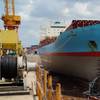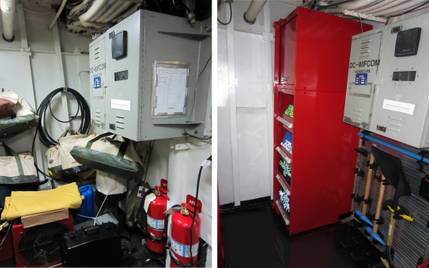Finnlines Cuts CO2 Emissions by 30%
European ferry operator said that between 2008 and 2018 it reduced its CO2 emissions by approximately 30 per cent and confirmed that it is looking beyond IMO requirements to drive down its carbon footprint further.
"Passenger-specific carbon-dioxide figures for 2018 have been calculated on Finnlines’ passenger routes," the shipping operator of ro-ro and passenger services in the Baltic Sea and the North Sea.
The EU regulation on the monitoring, reporting and verification of CO2 emissions (MRV, EU 2015/757, EN 16258) became fully effective in 2018. Globally, IMO’s similar Data Collection System will start in 2019.
The Finnlines’ passenger-specific route figures are calculated on the basis of MRV data for 2018 verified by the authorities. Finnlines’ figures have been verified by official certification society.
Finnlines’ ro-pax vessels carry both passengers and freight, and thus the total annual fuel and emission data is divided between these categories. The MRV standard (EN 16258) allows to select between two methods: the mass and area method.
Since Finnlines’ operations are mostly concentrated in cargo and freight, it is logical that Finnlines uses the mass method where the freight / passenger ratio is allocated annually according to carried freight and passenger.
Finnlines supports the IMO’s (International Maritime Organization) GHG strategy and its goal to reduce CO2 emissions by at least 50% by 2050 compared to 2008, it said.
Finnlines is committed to long-term efforts for the environment. Environmental responsibility is part of the daily operations of the Company and includes everyday actions – like timetable and route planning or running on optimal speed, load and trim.













